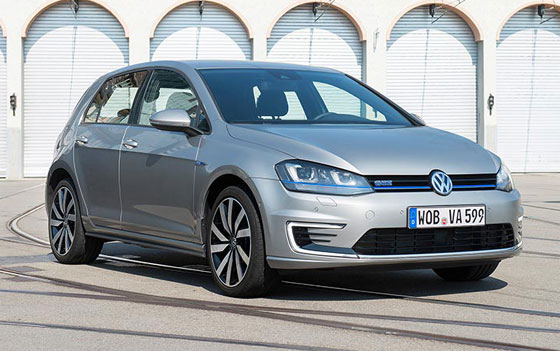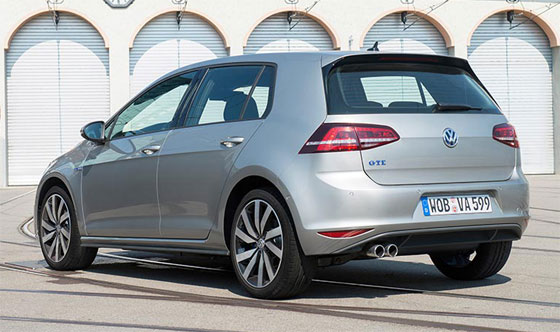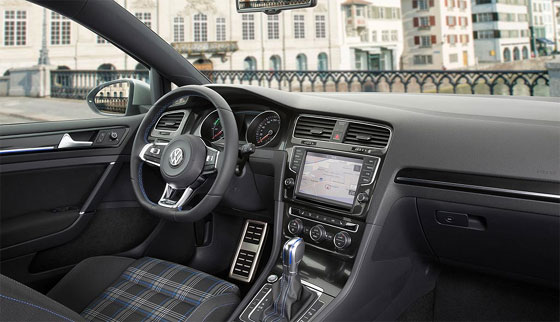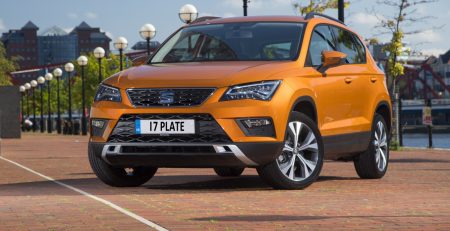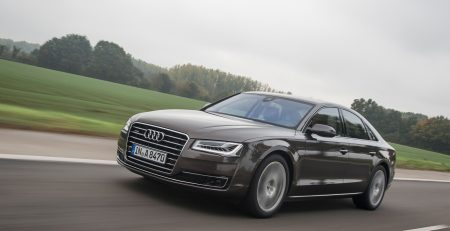London announced a T-charge from late 2017 for Euro 4 (EU4) vehicles, while Stuttgart banned Euro 5 too. Will London step u read more
Latest Car Posts
Jonathan Crouch runs the rule over the latest new models putting in a claim for your money, with the new ‘17 registration p read more
Buy your car-sized stockings and order something from our bumper Christmas list of car savings. Choose from a huge range of read more
What is Android Auto? Android Auto is essentially a secondary Android platform designed specifically for ease of use in a c read more

